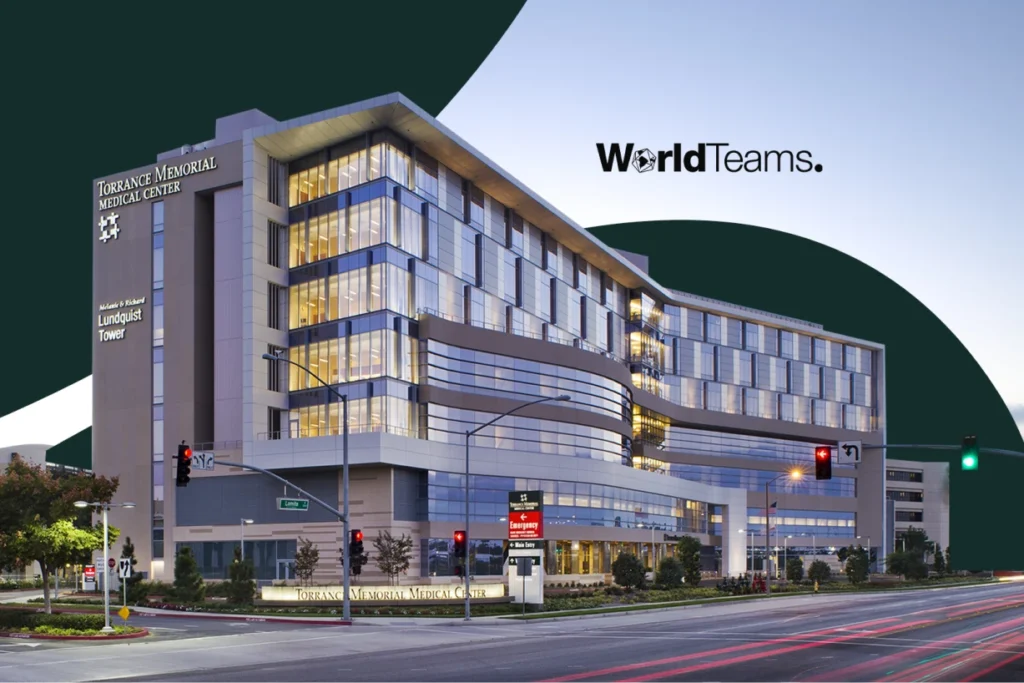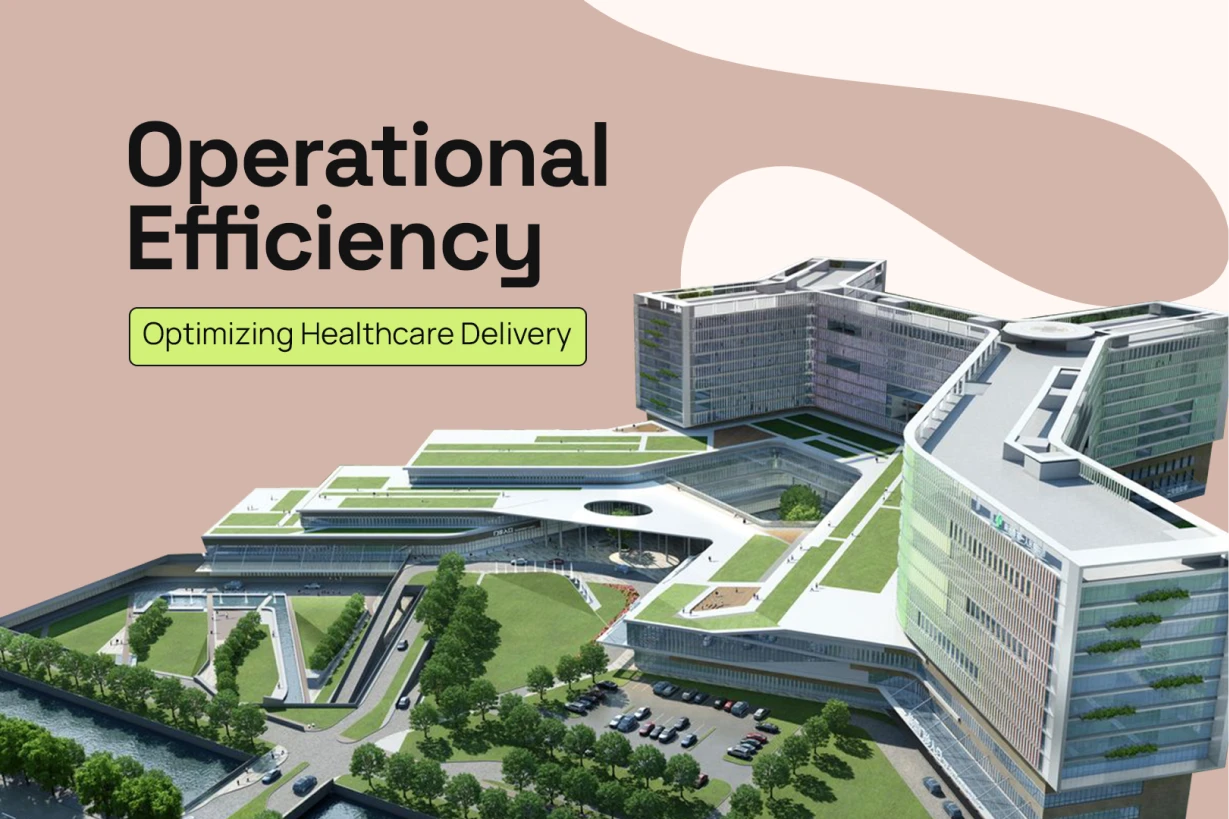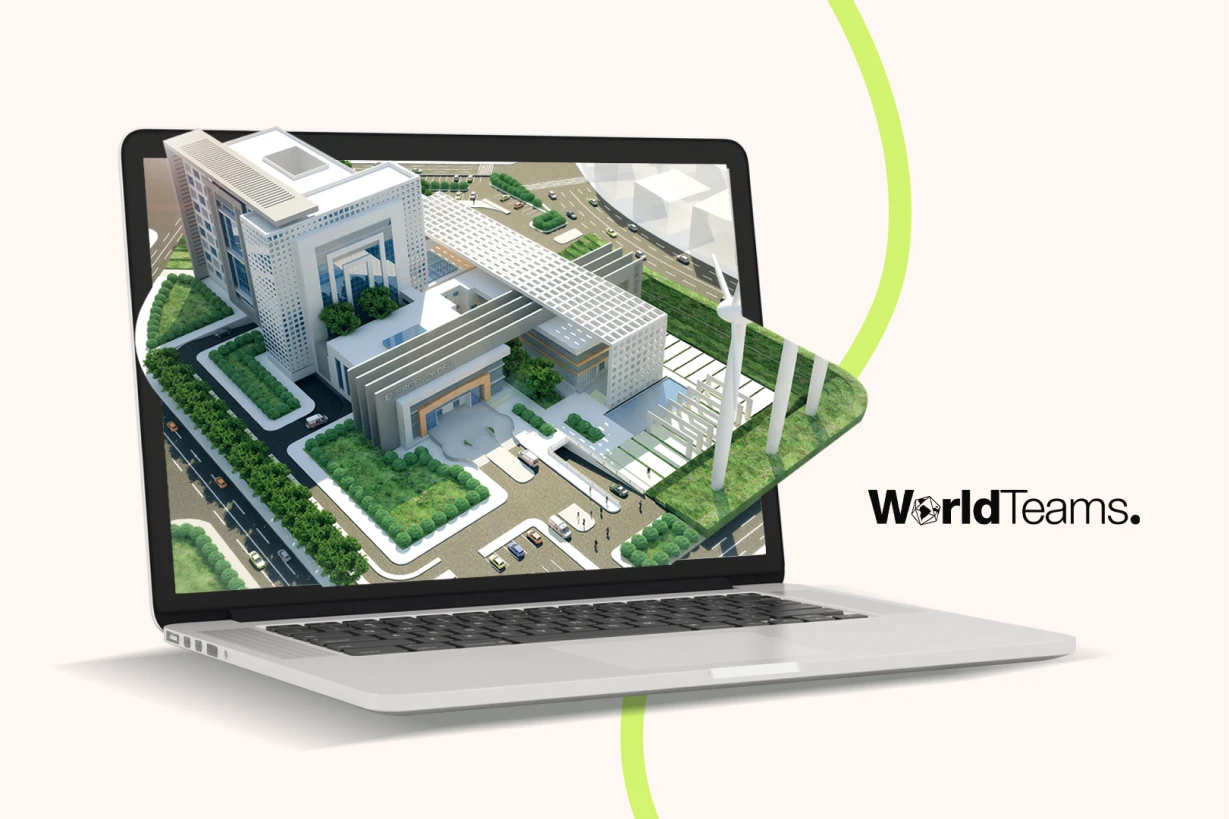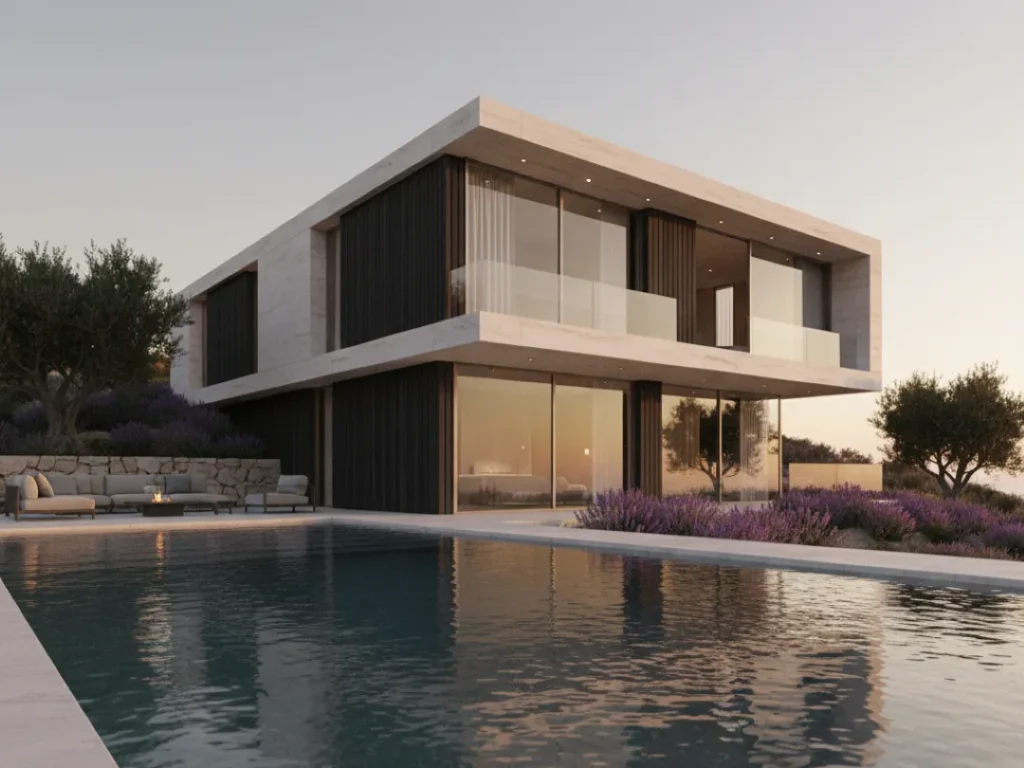The Role of Healthcare Architecture in Enhancing Patient Experience

Architecture and healthcare is a specialized field that goes beyond the simple construction of hospitals and clinics. It is a complex and nuanced process that considers the unique needs of patients, medical staff, and the broader community. This article explores the importance of health architecture, highlighting its key principles, emerging trends, and the significant impact it has on healthcare delivery.
Patient-Centered Design: The Core of Healthcare Architecture
A fundamental principle of modern healthcare architecture is patient-centered design. This approach recognizes that the physical environment can profoundly impact patient well-being and the healing process. By prioritizing the needs and experiences of patients at every stage of the design process, healthcare architects strive to create spaces that promote comfort, reduce stress, and improve overall health outcomes.
These are some key elements of patient-centered design:
Patient-Centered Design: The Core of Healthcare Architecture
Infection control is paramount in any healthcare environment. Healthcare architects play a key role in preventing the spread of infections through a combination of carefully considered design strategies.
These are some key aspects of infection control in healthcare architecture:

Operational Efficiency: Optimizing Healthcare Delivery
Operational efficiency is crucial to ensuring that healthcare facilities run smoothly, minimizing delays and maximizing resource utilization. Architectural designs can significantly influence operational efficiency by optimizing the flow of patients and staff, resource management, and technology integration.
These are some essential aspects of operational efficiency in healthcare architecture:
while hiring the best talent in 2026

Emerging Trends in Healthcare Architecture
The field of architecture and healthcare is constantly evolving, driven by advances in medical technology, changing patient needs, and an increasing focus on sustainability.
These are some emerging trends shaping the future of healthcare architecture:
Virtual Care and Telehealth
As telehealth becomes more common, healthcare facilities need to adapt to seamlessly integrate virtual technologies. This includes designing dedicated spaces for telehealth consultations, improving communication infrastructure, and ensuring that patient rooms are equipped for virtual connectivity.
Value-Based Care
There is an increasing emphasis on value-based healthcare, which prioritizes positive patient outcomes and cost-effectiveness. Architectural designs can support this shift by creating spaces that facilitate efficient care models, reduce medical errors, and enhance the overall patient experience.
Sustainable Design
Sustainability is a growing concern across all industries, and healthcare is no exception. Hospital architects are now incorporating sustainable design principles into healthcare facilities, using eco-friendly materials, reducing energy and water consumption, and integrating features that promote occupant health and well-being.
The Role of Architects for Hospitals
Architects for hospitals play an essential role in creating environments that are conducive to patient healing and operational efficiency. They must consider a wide range of factors, from patient flow to staff needs, and integrate technology seamlessly while also adhering to strict safety standards. The collaboration between healthcare architects and medical professionals ensures that every aspect of a facility supports both caregiving and patient recovery.
Healthcare architects must also work closely with facility managers to ensure that all design features are practical, easy to maintain, and adaptable for future healthcare needs. Their expertise makes them indispensable in the ongoing evolution of health architecture, ensuring that hospital environments continue to meet the highest standards of care.

Conclusion
Healthcare architecture is a multifaceted field that plays a vital role in shaping the future of healthcare. At WorldTeams, we understand the importance of designing spaces that promote healing, enhance efficiency, and create a more humane, patient-centered healthcare environment. By providing top-tier architecture outsourcing solutions, we connect healthcare architects from Latin America with clients in the United States and Canada, offering specialized skills to design medical facilities that are safe, functional, and future-proof. Partner with WorldTeams to access expert talent and ensure your healthcare projects meet the highest standards of care and innovation.









